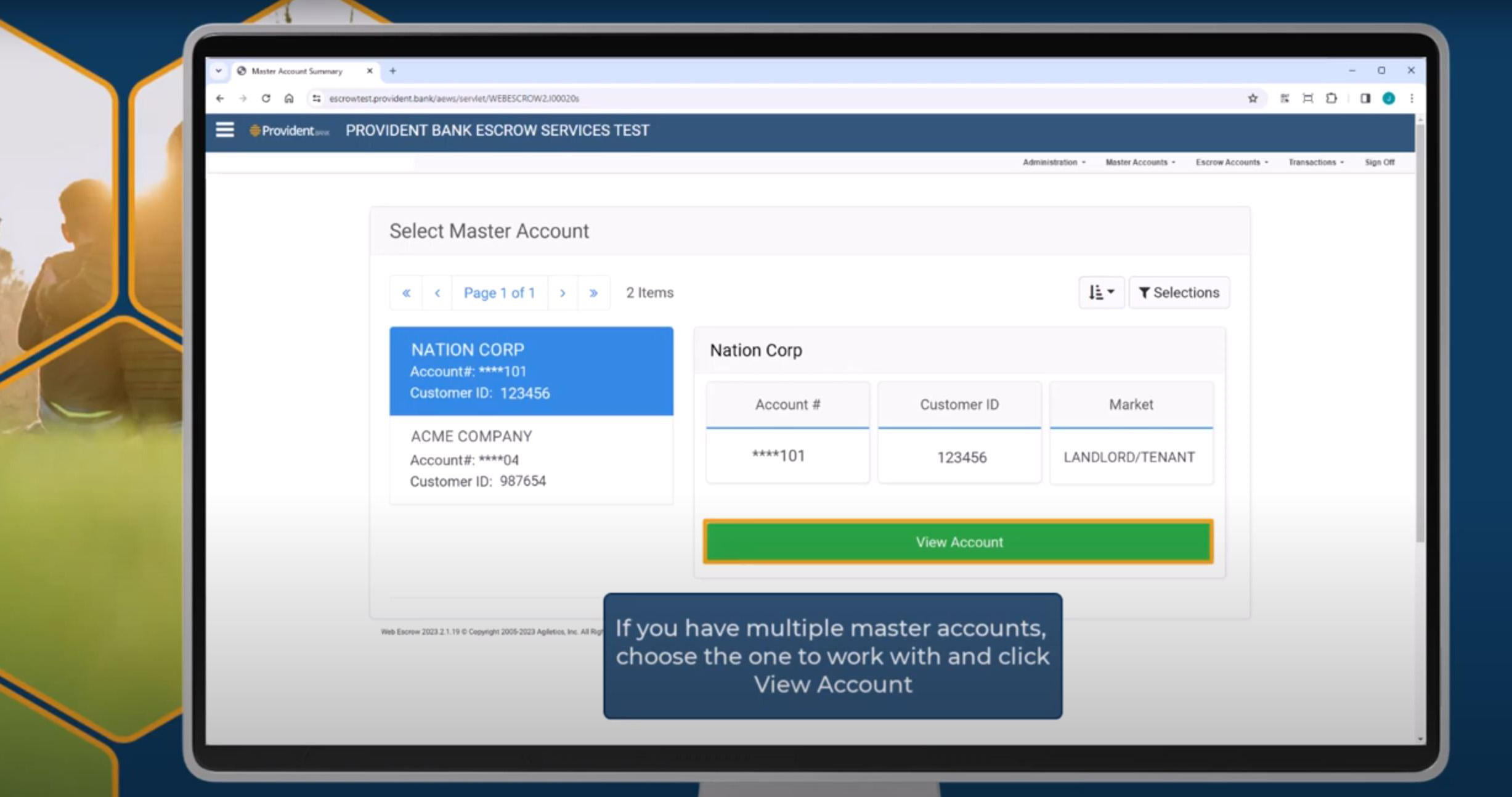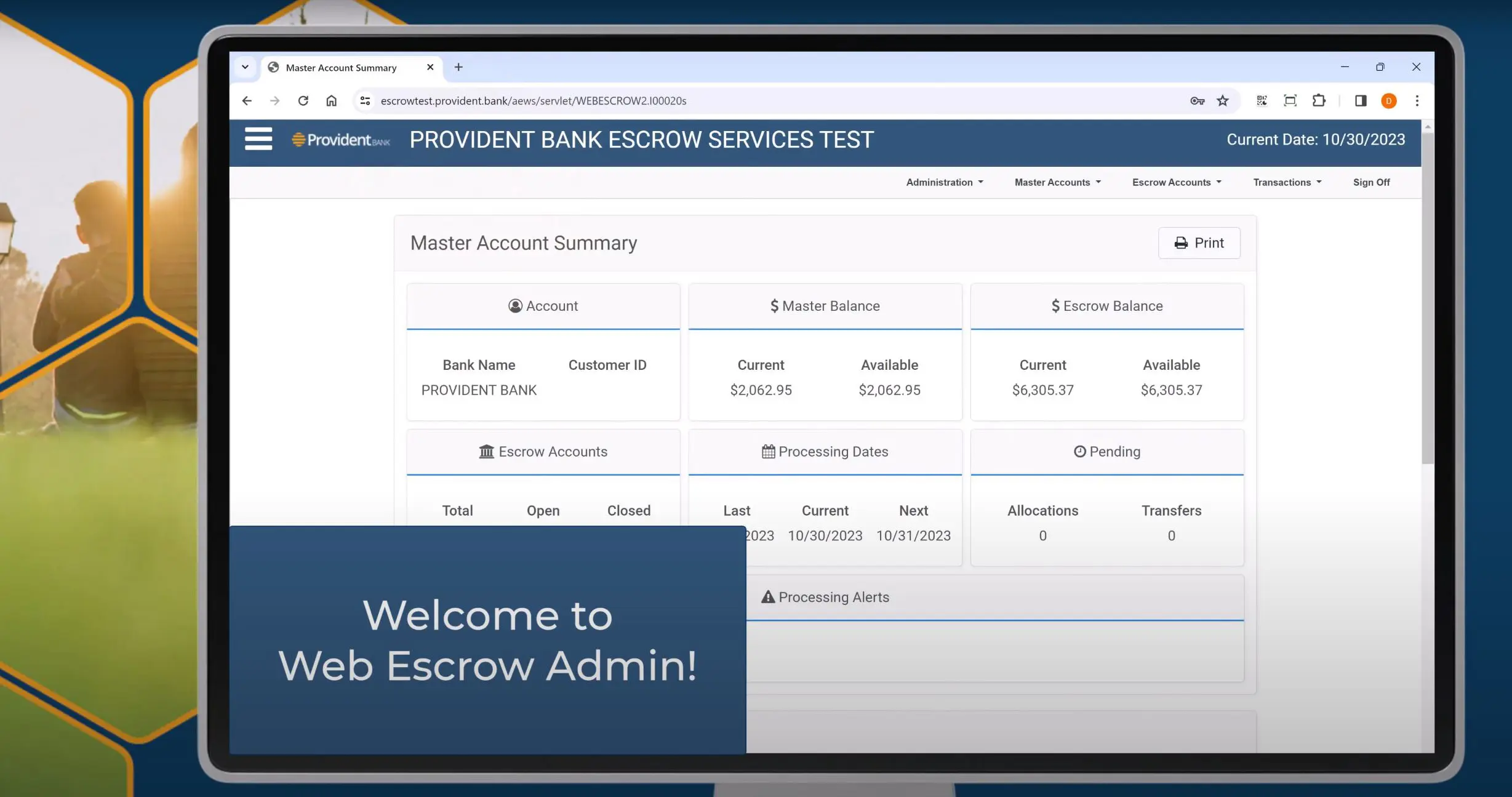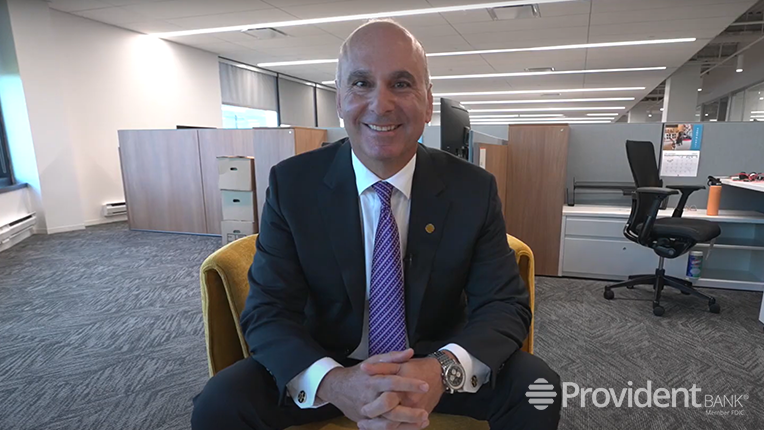
FDIC-Insured - Backed by the full faith and credit of the U.S. Government

FDIC-Insured - Backed by the full faith and credit of the U.S. Government
 VIEW ALL EDUCATION & INSIGHTS
VIEW ALL EDUCATION & INSIGHTS
July 18, 2014
Business Owner vs. Storm: How to Win the Fight

Can we ask you something? How do you and your business recover from natural disasters and other interruptions to day-to-day operations-- especially when it seems as if another storm hits every time you turn around? What do you do when combating the weather feels like a late round in a boxing match?
"I just can't believe it, folks. I just can't believe it. It's the 7th round in the championship fight here in Atlantic City and Business Bruiser is still on his feet-- but just barely. It's evident why his formidable opponent, Storm, currently holds the title of Heavyweight Champion of the World!
Business Bruiser is not lookin' too good here, folks. He's black and blue all over-- and weary. I don't know if he'll make it. He's been knocked out and dragged down. How will he recover?..."
Luckily, Provident's Cash Management experts are in your corner, and we have a winning fight strategy. You might get knocked down, but you can stand back up by following these steps for disaster recovery:
1. Go in swinging.
The most vital part of disaster recovery is disaster preparedness, or a business continuity plan. Like boxers who come to a match with fancy footwork and practiced strategy, you must be prepared. According to FEMA, 75% of businesses that did not have a business continuity plan failed within 3 years.
A typical business continuity plan addresses three foundational questions: How will employees communicate? When will they resume work and how? In answering, a properly prepared plan identifies core processes and people and prioritizes their resumption of normal functions. Most importantly, it outlines:
- Pre-disaster actions to protect people, facilities, and contents.
- Severe-weather sheltering and emergency evacuation procedures.
- Facility lockdown.
- A back-up plan for:
- Critical Data: Back up your most important data with a back-up data service provider whose servers are located at least 50 miles away.
- Payment Systems: Employ alternate methods of moving funds and paying suppliers such as online/mobile banking, wire and ACH services and business debit cards.
2. Find the big bettors.
Everyone talks about planning for disaster. But what happens in the aftermath-- after your business has been torn from its foundations and washed away? First and foremost, you have to go to the people with the deep pockets who are willing to bet on you.
Immediately report the loss to your insurance company. If your policy includes a business interruption clause, you must supply your claims adjuster with materials like historical sales records and income tax forms to project what the year's profits would have been if your operations hadn't been interrupted.
If your coverage is limited, you can apply for additional assistance from organizations like the U.S. Small Business Administration.
3. Assess the damage (steel yourself for the next punch).
After the bell dings, the first thing a manager does is assess the damage to his boxer. Enlist the help of structural engineers or contractors to examine the soundness of the building, including its roofing, siding,and windows. *Enter the building only when it's safe!* Secure the building from further damage by boarding up windows and sealing holes in the roof.
Restore utilities, gas lines, sanitation, phone service, and the sprinkler system as soon as possible. Learn what you can from the damage to take additional precautions for the next emergency. For example, consider installing multiple back-up generators.
4. Clean up the mess.
The clean up job is dirty - but it has to be done. You may hire a professional cleaning service or go the DIY route. If your employees are involved in the clean up efforts, make sure they are equipped with the proper safety-wear: gloves, protective eyewear, hardhats, sturdy shoes, and dust masks/respirators.
If there is standing water in your building, you can use industrial dehumidifiers to dry out the space. Remove damaged equipment and debris only when your adjuster authorizes it.
5. Tag in alternates.
If your facilities, vendors, or suppliers are unusable, it's time to tag in an alternate. Select temporary alternate work sites and vendors/suppliers who were not impacted by the crisis. It's best to include a list of applicable facilities and suppliers in your business continuity plan, but you can also decide post-disaster.
"Business Bruiser is a little worse for wear, but he's back up again. Storm moves in. He's pummeling Business Bruiser from all sides. Business Bruiser looks up, steel in his eyes. He's coiling his body, winding up for a punch. He lets it go. WOW! Storm's nose is broken, he's crumpling to the ground. The ref's on bended knee, 7, 8, 9, 10. 10!! Storm is down for the count. He won! Business Bruiser won the fight!"
*This is the sixth installment of "Safeguarding your Business," a series that educates you on how to stop defending yourself against external business threats. It will help put you in a position of offense, where you can start thinking strategically about your business. If you missed the previous article, you can find it here.








 Views
Views



 Go Back
Go Back











